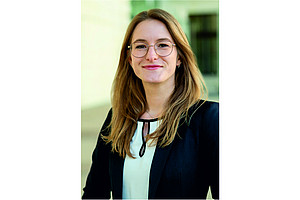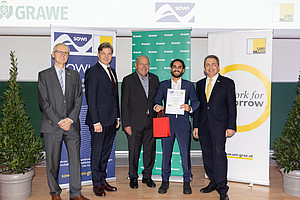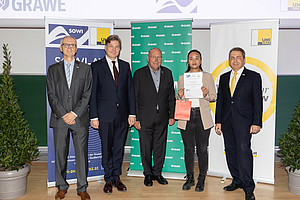Why Do Extreme Work Hours Persist? Temporal Uncoupling as a New Way of Seeing
This paper develops temporal uncoupling as a new way of seeing the puzzling persistence of extreme work hours as well as the temporal relations of organizations and their environments. Drawing on a historical case study, we trace and analyze the genesis, reinforcement, and maintenance of extreme work hours in an elite consulting firm over a period of 40 years. We find that a small shift in temporal structuring mobilized two positive feedback processes. These processes consolidated a temporal order which increasingly uncoupled from the traditional workweek. Grounded in these findings, we make two contributions. First, we challenge the orthodox view of entrainment as an ideal synchronous relation between organizations and their environments. Instead, we offer temporal uncoupling as an alternative lens. It enables us to see how both synchrony and asynchrony are potentially viable options, which co-exist and sometimes co-constitute each other. Second, we shed new light on temporality as a constitutive force that underpins extreme work hours and offer a novel explanation of their persistence as a case of systemic temporal lock-in. We develop positive feedback as a mechanism that explains how small temporal shifts can become consolidated into hardly reversible temporal lock-ins.
Blagoev, B. und Schreyögg, G. (2019): Why Do Extreme Work Hours Persist? Temporal Uncoupling as a New Way of Seeing, in: Academy of Management Journal, doi: doi.org/10.5465/amj.2017.1481 [03.09.2019].
Weitere Publikationen finden Sie hier.




